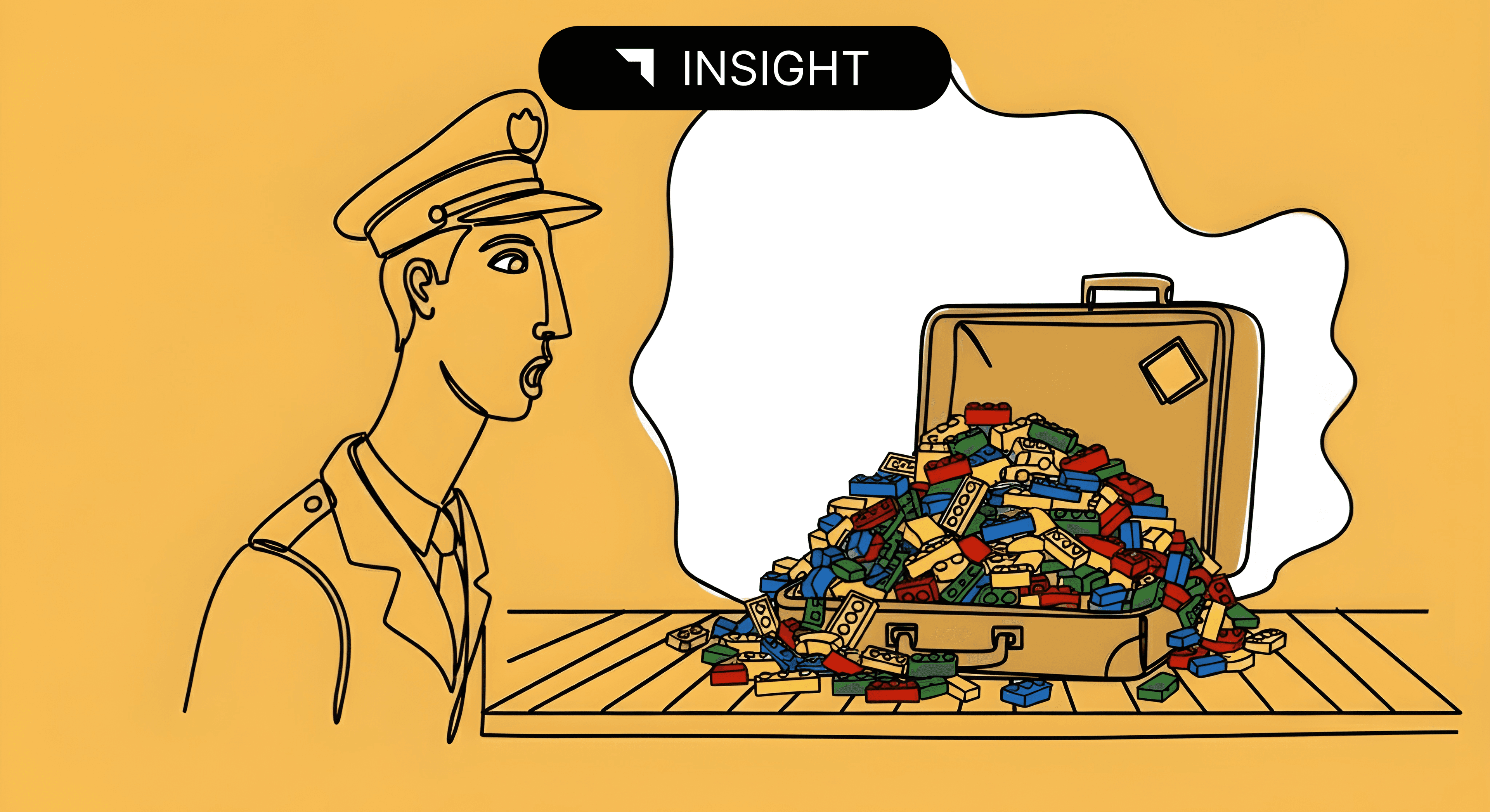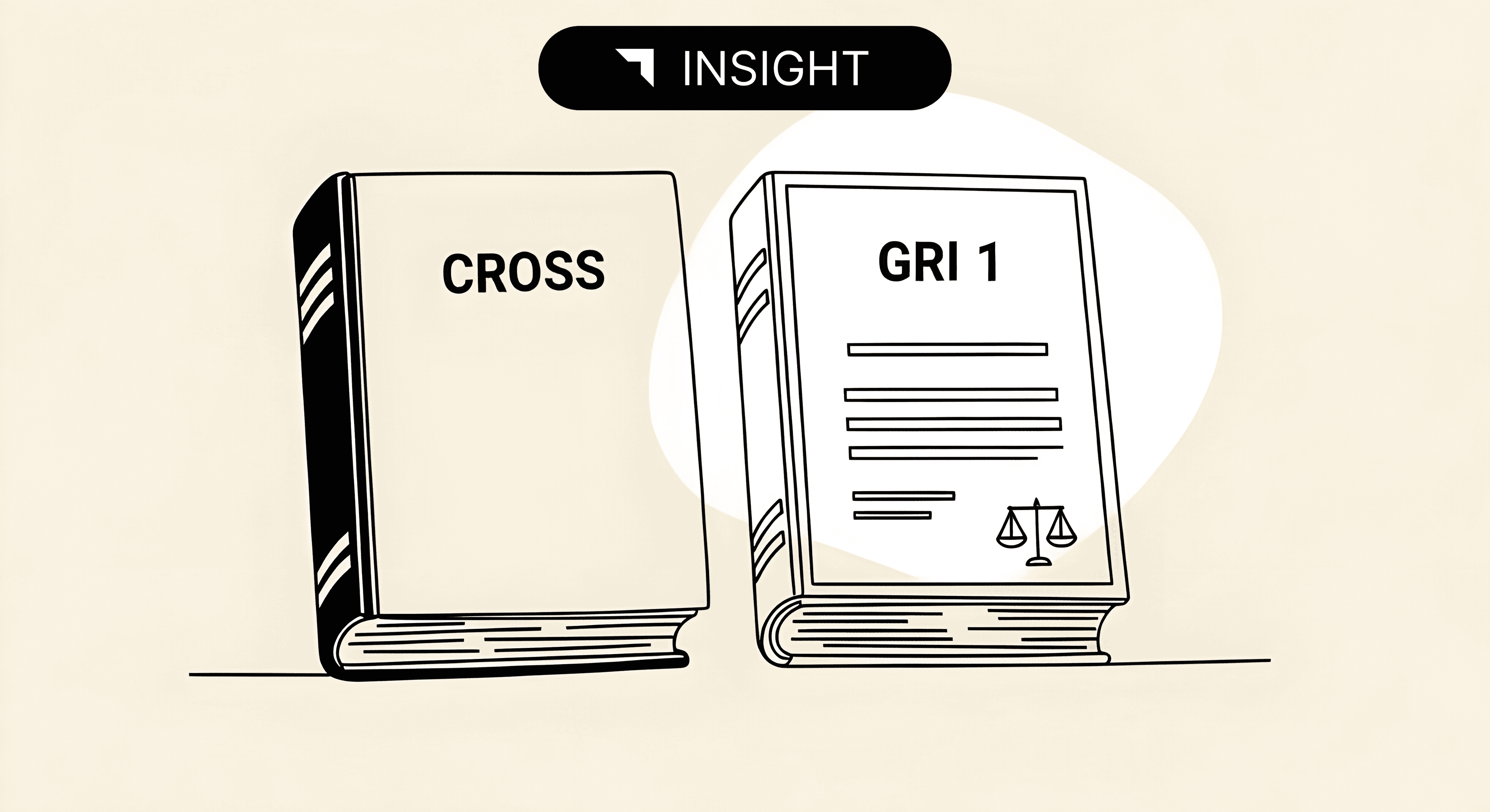
The Most Unexpectedly Classified Products (and What They Teach Us About HTS Logic)
Tariff classification can be a surprisingly creative discipline.
Every product that crosses a border must fit into a specific Harmonized Tariff Schedule (HTS) code, but sometimes the way those codes are applied can surprise even seasoned compliance professionals.
Customs agencies around the world have ruled on everything from high-tech devices to breakfast foods in ways that reveal how flexible and literal the HTS system can be.
Here are some unexpectedly classified products and what they teach about HTS interpretation.
1. The “Magic 8 Ball” That Is Not (Officially) a Toy
While no specific CBP ruling exists for the Magic 8 Ball, similar novelty items have been excluded from toy provisions because they lack structured play or competition.
In such cases, Customs has treated them as articles of plastic rather than toys.
Lesson: Do not rely on marketing categories. Classification follows objective characteristics, not how a product is sold.
2. The iPod and the Electrical Machine Debate
When the iPod launched, it blurred the line between consumer electronics and computing devices.
Although no direct CBP ruling exists on the iPod itself, related rulings for accessories (such as HQ H122342) indicate treatment under provisions for electrical machines for sound reproduction.
The principle stands: tariff logic depends on function, not branding.
Lesson: Rapidly evolving technology often outpaces tariff terms. Follow the legal note hierarchy, not modern jargon.
3. Frozen Burritos: Sandwich or Not
Customs resolved a long-running debate in HQ W968394 (2007).
CBP determined that burritos, though handheld and wrapped, are not sandwiches because tortillas are not considered bread.
They fall under prepared meals rather than sandwich provisions.
Lesson: Small wording details like bread, pastry, or dough can shift classification and duty rate.
4. Lego Bricks: More Than Plastic Parts
CBP rulings such as NY N107015 (2010) confirm that LEGO products are classified as toys under heading 9503.
Their essential character is amusement and education, not utility, which overrides their plastic material composition.
Lesson: The essential character principle in GRI 3(b) often decides when materials alone do not capture intended use.
5. Artificial Christmas Trees With Built-In Lights
In NY N167298 (2011), Customs ruled that pre-lit artificial trees are classified as festive articles.
Their principal function is decorative, and the electrical lights are incidental.
This avoids classification under electrical components with higher duties.
Lesson: Identify what drives consumer use. Classification favors the predominant purpose.
6. Smart Appliances With Borderline Identities
Appliances like refrigerators with built-in screens or AI features challenge conventional HTS logic.
While no appliance-specific CBP ruling directly addresses such hybrid designs, Customs generally applies Section XVI Note 3: classification follows the principal function.
Thus, a smart refrigerator remains a refrigerator.
Lesson: Connectivity or AI does not always redefine principal use. Legacy categories still apply.
Why These Cases Matter
Unexpected classifications are not random.
They show how Customs interprets form, function, and essential character through the General Rules of Interpretation.
Each example underscores the need for precise descriptions, legal notes, and documentation when assigning an HTS code.
Even obvious products can face reclassification after audits or rulings.
How to Avoid Surprises in Your Classifications
- Start with the GRIs. Apply them in sequence.
- Compare Section and Chapter Notes. Watch for exclusions and inclusions.
- Check CROSS rulings. See how Customs applies logic to edge cases.
- Document your reasoning. Keep an audit-ready memo for every decision.
Conclusion
The HTS is not just a list of numbers; it is a logic system.
Products that defy expectations remind us that classification depends on how Customs interprets function and form, not how companies describe their goods.
Understanding these nuances can be the difference between a defensible classification and an unexpected duty bill.
Want to make classifications more consistent and defensible?
Related News

November 26, 2025
How GRI Helps Determine Origin in FTA Contexts (Without Replacing RoO Rules)
Read more →
December 4, 2025
How to Use CROSS to Strengthen HTS Classification Workflows
Read more →
December 16, 2025